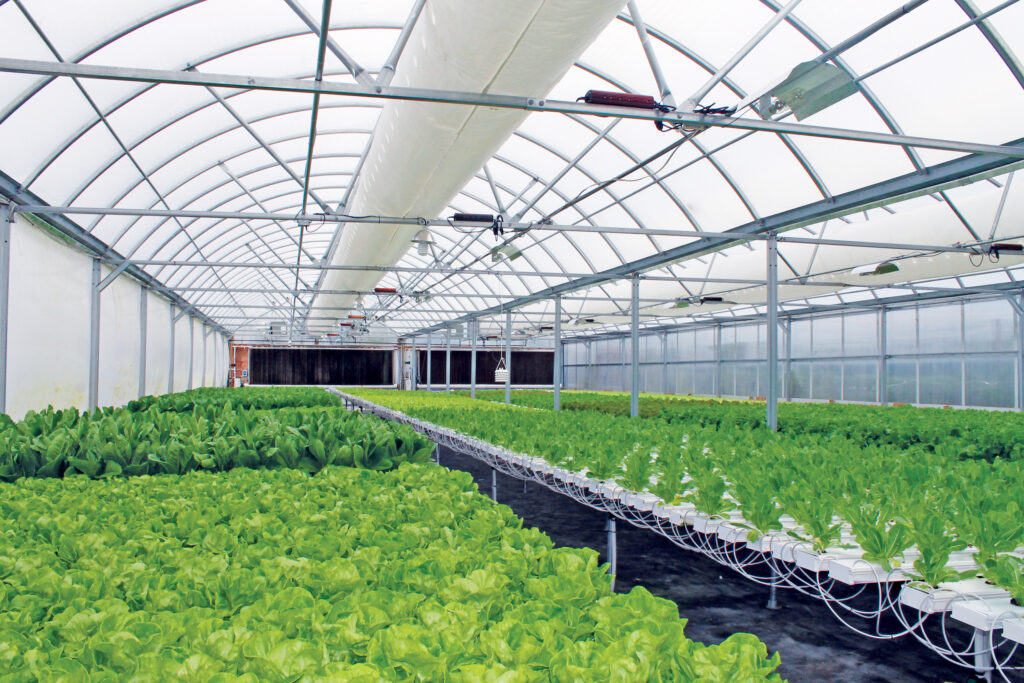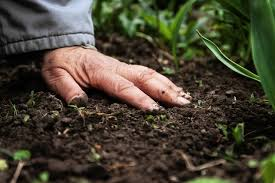Top Innovations in Gulf Agriculture and Farming
Introduction
Gulf agriculture innovations are reshaping farming in the Middle East like never before. In a region often seen as arid and dry, modern technology is now making it possible to grow food efficiently, sustainably, and at a much larger scale. From smart irrigation systems to vertical farming, countries like the UAE, Saudi Arabia, and Qatar are investing heavily in agriculture technology to secure food for the future.
Let’s explore the top Gulf agriculture innovations that are helping farmers overcome tough challenges such as water shortage, climate change, and rising food demands.
Smart Technologies Leading the Gulf’s Farming Revolution
1. Vertical Farming for Maximum Output in Less Space

One of the most popular Gulf agriculture innovations is vertical farming. It allows crops to grow in stacked layers indoors using artificial light and controlled temperatures. The UAE has built some of the largest vertical farms in the world, reducing the need for imported vegetables.
Vertical farming uses 90% less water than traditional farming. It’s also pesticide-free, making it a healthy and eco-friendly solution.
2. Precision Agriculture and AI Monitoring

In countries like Saudi Arabia and Qatar, farmers are using precision agriculture. This includes sensors, drones, and AI software that monitor crop health, water levels, and soil quality. Farmers receive real-time updates and make data-driven decisions, improving yield and saving resources.
This innovation is essential in the Gulf region where climate and water conditions are highly variable.
Solving the Water Crisis in Desert Farming
3. Desalinated and Treated Water for Irrigation

Fresh water is rare in the Gulf. As a result, desalination and treated wastewater irrigation have become key Gulf agriculture innovations. The UAE and Oman have developed systems that reuse treated wastewater to grow crops without harming the soil.
This solution not only saves fresh water but also promotes a circular economy in farming.
4. Drip Irrigation with IoT Sensors

Another innovation that’s growing fast in the Gulf is drip irrigation with IoT sensors. These systems deliver small amounts of water directly to the plant’s roots. With the help of Internet of Things (IoT) devices, farmers can adjust water flow based on temperature and soil moisture in real time.
Sustainable Farming Practices Gaining Ground
5. Hydroponics and Aquaponics for Soil-less Farming

Hydroponics and aquaponics are modern farming methods that don’t require soil. Plants grow in water solutions rich in nutrients. In aquaponics, fish waste provides nutrients for the plants, and plants clean the water for the fish.
This innovation is becoming common in indoor farms across the Gulf, especially in urban areas with limited space.
6. Climate-Controlled Greenhouses

The Gulf heat can be intense, but climate-controlled greenhouses solve that issue. These greenhouses use advanced cooling and lighting systems to maintain the ideal environment for plants to grow all year round.
They help in reducing crop failure due to weather extremes and also reduce dependency on imported food.
H2: Smart Logistics and Farm-to-Table Supply Chains
7. Blockchain for Food Traceability

One of the new Gulf agriculture innovations includes blockchain technology for tracking food products from farms to stores. Consumers can scan a code and know where their food came from, when it was harvested, and if it was organically grown.
This helps build trust between consumers and food producers and ensures quality control.
8. Agritech Startups and Government Investment

Gulf countries are supporting agritech startups through funding and policies. In the UAE, the Food Tech Valley initiative is attracting global investors and researchers. Saudi Arabia’s Vision 2030 also supports innovations in desert farming and agribusiness.
These efforts are helping the Gulf become a leader in modern agriculture.
H2: Biotech and Genetic Research in Gulf Farming
9. Genetically Modified Crops for Harsh Climates

In collaboration with research institutes, Gulf countries are developing genetically modified (GM) crops that can survive high temperatures and salinity. This means crops like wheat, rice, and tomatoes can now grow in regions previously thought unsuitable.
GM crops are also pest-resistant, reducing the need for chemicals.
10. Soil Regeneration and Organic Farming

A new wave of organic farming and soil regeneration techniques is emerging. Farmers are using compost, bio-fertilizers, and crop rotation to improve soil health. The goal is to grow healthy food while protecting the environment.
Conclusion
The rise of Gulf agriculture innovations is not just a trend—it’s a necessity. With limited natural resources, rising populations, and climate challenges, Gulf nations are showing the world how to use technology and innovation to grow food sustainably.
From vertical farms in the desert to AI-driven irrigation systems, these innovations are creating a future where farming in the Gulf is smarter, greener, and more productive than ever before.
As we move forward into 2025 and beyond, the world will continue to watch how the Gulf leads the way in agriculture and food security.
read more- 6 Key Benefits of International Film Festivals on Gulf Culture Revealed



